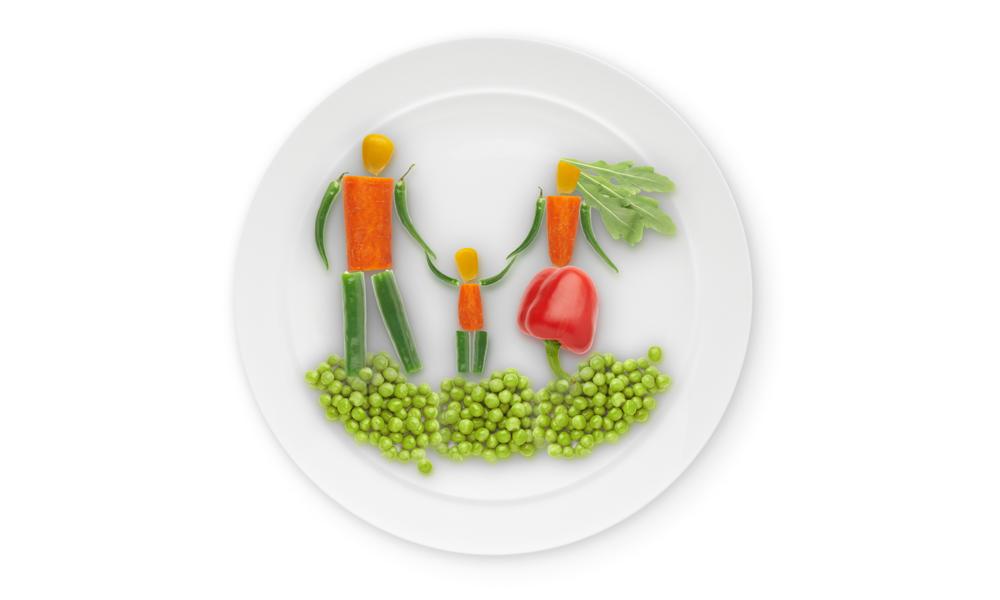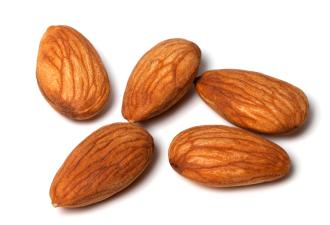
Solve the riddle of vegetables
The introduction of vegetables in the daily diet of children is extremely important. Guidelines of all official bodies are strict when it comes to the consumption of three portions of vegetables per day; yet children more often than not refuse to consume them. Numerous studies show that adding vegetables in the daily diet of children allows for easier weight control, better function of the gastrointestinal system, and the reduction of chronic diseases in later life.
For best results in your difficult mission, try to play smart. Do not end up in full-on conflicts Start by setting the “good” example. Children tend to imitate their parents. So try to eat your vegetables and show your satisfaction. Choose vegetables that you really like and enjoy. Do not hesitate to use a dressing to make your salad more attractive. Also, try to never set the family table, without a seasonal salad.
More suggestions to keep in mind when you start this effort are listed below
• Never force your child to eat any food and avoid creating conflicts during mealtimes.
• Pay special attention to the appearance of your children's dish. Usually children love foods with bright colours, so make sure the dish is colourful and has a variety, e.g rice with mixed vegetables.
• Sometimes, vegetables need special preparation, such fine grating on the grater and mixing in the meal so the child will eat them and get used to the taste, without seeing them (e.g grated pepper, tomato or courgettes into potato casserole or into sauce for pasta, vegetables in pies, in home-made pizza or into meat mince for spaghetti).
• Try to give children not only soft and cooked vegetables but also fresh, crunchy vegetables (cucumber and carrot sticks) which could be combined with yoghurt or tzatziki dip. You can also make cheese sandwiches, adding tomato or lettuce.
• Encourage children to pick their own fruits and vegetables that they would like to eat and purchase them together from the green-grocer's. The best way for a child to learn a behaviour is through a game.
• Using vegetables you can shape a smiley or a tree on the side of the dish. Moreover, children can paint a rainbow with the colours of vegetables (red, orange, green) they would like to eat during the day.
• Whenever your child eats vegetables, you can reward it with stickers.
• Let your children help you cook, as long as is it safe, and allow them to choose on their own the vegetables they will put on their plate.
• Fresh juices may include, apart from fruits, small amounts of vegetables, such as fresh orange juice with a little carrot.
• You can try new recipes, like potatoes in the oven with chopped vegetables, meat with vegetables instead of potatoes, broccoli or spinach in the oven with grated cheese.
In conclusion, encourage your child to consume fruits and vegetables, using techniques of imitation and rewarding. It's up to the parents to ensure the future good health and proper eating behaviour of their children, incorporating vegetables in sufficient quantity and variety in the daily diet of the child
Advice
The nutritional information and recommendations on infant-toddler diet are indicative and refer to general guidance for this age group. Time that every child can be introduced to solid foods or add more to it’s diet, must be individualized. We recommend to set advise from your pediatrician about the specific nutritional needs of your child.











